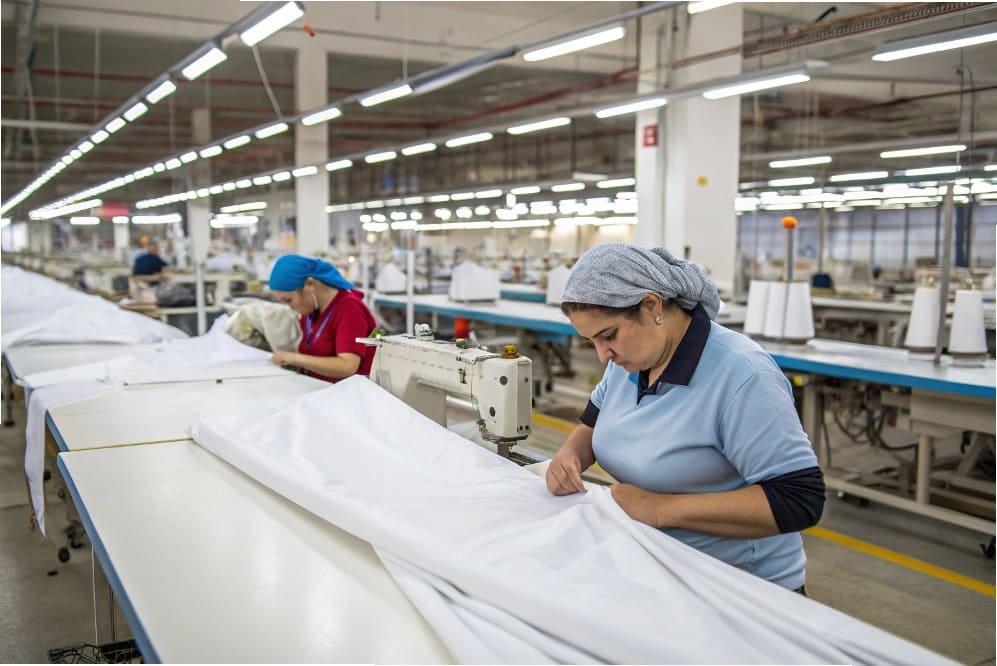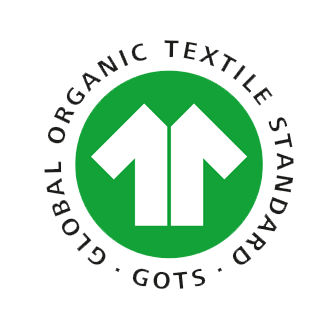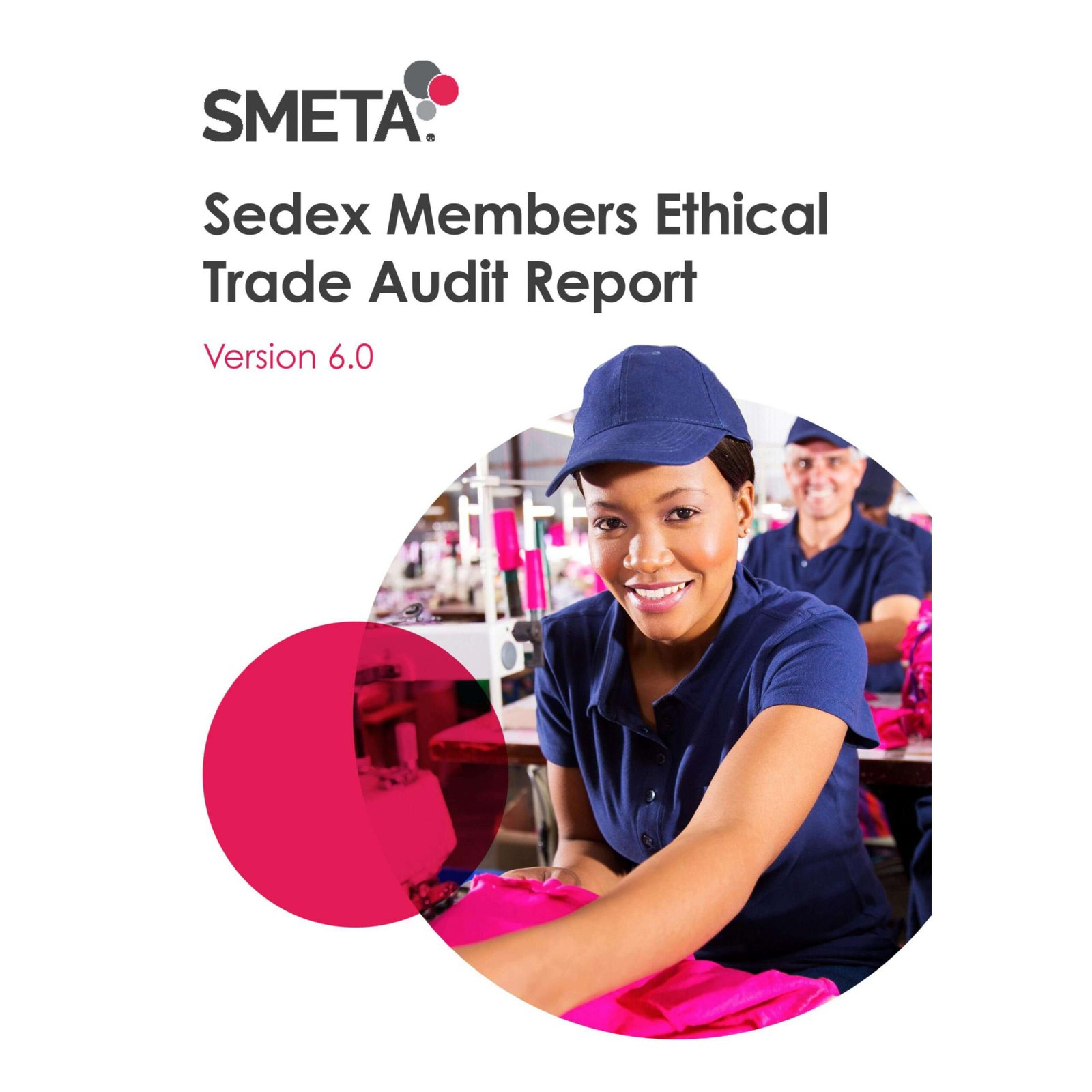Choosing the right location for manufacturing your clothes can be a game-changer for your business. While it’s tempting to focus solely on low costs, it’s important to consider other factors solely on low costs, it’s important to consider other factors that could affect your long-term success. In this article, we’ll explore the most affordable options for clothing manufacturing and examine the factors that influence cost.
Manufacturing costs depend on several factors, such as labor, materials, and shipping. Some countries provide lower costs, but hidden expenses like quality control and import tariffs can impact the final price.
Finding the right balance between affordability and quality is essential when selecting a country for manufacturing. Let’s break down what impacts the cost and where you can find the cheapest options.
What Factors Determine the Cost of Manufacturing Clothes?
Several factors come into play when determining the cost of clothing production. To make informed decisions, it's essential to understand the elements that influence pricing.
Labor, raw materials, shipping, and overhead costs all contribute to the total price of manufacturing. The location of your manufacturer plays a critical role, as it affects labor rates, material costs, and regulatory expenses.
 Sewing garments in a cost-aware factory
Sewing garments in a cost-aware factory
Below is a breakdown of the main components that determine the cost of manufacturing clothing:
| Factor | Description | Examples |
|---|---|---|
| Labor Costs1 | Wages for workers involved in sewing, cutting, and packaging. | Minimum wage, working hours |
| Material Costs | The price of fabric and other components like trims. | Cotton, silk, zippers, buttons |
| Shipping & Logistics | Costs related to transportation and import duties. | Freight, tariffs, customs fees |
| Factory Overhead | Operational costs of running the manufacturing plant. | Equipment maintenance, utilities |
How Do Labor Costs Affect Clothing Manufacturing Prices?
Labor costs are one of the most significant factors in determining the overall price of clothing manufacturing.
Countries with low labor costs, such as Bangladesh or Vietnam, are typically cheaper options for manufacturing clothes. In contrast, countries with higher wages like the United States or Western European countries tend to have higher production costs.
| Country | Average Labor Cost per Hour | Impact on Manufacturing |
|---|---|---|
| China | $3 - $5 | Low cost of labor |
| Bangladesh | $2 - $4 | Very low cost of labor |
| USA | $15 - $25 | High cost of labor |
| India | $3 - $6 | Low to mid-range cost |
How Does the Cost of Materials Impact Manufacturing Costs?
The type of material used in production can have a significant impact on the overall cost.
Premium materials such as silk, leather, or high-quality wool will increase production costs, whereas synthetic fabrics or cotton can keep costs lower.
| Material Type | Cost Range (per unit) | Impact on Final Price |
|---|---|---|
| Cotton | Low ($1 - $5) | Low cost, common usage |
| Polyester | Low ($2 - $6) | Affordable, versatile |
| Silk | High ($15 - $30) | Expensive, luxury |
| Leather | High ($10 - $25) | Expensive, high quality |
Which Countries Are Known for Offering the Cheapest Clothing Manufacturing?
The cost of manufacturing varies greatly between countries. Let's examine the most affordable locations to manufacture clothing and understand why they are cost-effective.
Countries like China, Bangladesh, and Vietnam have long been known for offering low-cost manufacturing options. However, emerging markets are beginning to offer competitive pricing as well.
Cost-effective manufacturing locations are often found in developing countries where labor and material costs are lower. Here’s a comparison of some of the most affordable countries for clothing manufacturing:
| Country | Known For | Typical Manufacturing Cost |
|---|---|---|
| China | Mass production, advanced supply chain | Very low to low |
| Bangladesh | Cheap labor, textile industry | Low |
| Vietnam | Efficient factories, low labor costs | Low |
| India | Variety of fabric options, low labor | Low to mid-range |
| Cambodia | Ethical manufacturing, low labor costs | Low |
Is China Still the Most Affordable Country for Clothing Manufacturing?
China remains a dominant player in the global apparel manufacturing industry, offering low labor costs and a highly developed infrastructure.
Although wages have been rising in China over the years, the country still offers significant cost advantages due to its established manufacturing ecosystem and access to raw materials.
| Factor | Impact on Cost | Comparison to Other Countries |
|---|---|---|
| Labor Costs | Relatively low | Lower than the US or Europe |
| Manufacturing Scale | Large-scale, cost-efficient | More affordable for mass production |
| Supply Chain Infrastructure | Well-developed, fast logistics | More efficient than many other countries |
What Other Countries Offer Low-Cost Manufacturing, Like Bangladesh and Vietnam?
In addition to China, countries like Bangladesh and Vietnam have emerged as cost-effective manufacturing hubs due to their affordable labor and efficient production processes.
Countries like India, Cambodia, and Pakistan also provide low-cost options, especially for smaller or more specialized orders.
How Do Apparel Clothing Manufacturers in Developing Countries Compare in Terms of Cost?
Developing countries are known for providing affordable manufacturing options, but how do their costs compare to more developed countries?
Developing countries often offer significantly lower labor and material costs, but there may be additional considerations such as infrastructure and regulatory standards.
Manufacturing in developing countries can offer substantial cost savings, but challenges like quality control, shipping delays, and varying labor laws may arise. Here’s how these countries compare:
| Region/Country | Labor Costs | Material Costs | Infrastructure Quality | Overall Cost |
|---|---|---|---|---|
| Southeast Asia (Vietnam, Bangladesh) | Low | Low to mid-range | Moderate to Good | Very low |
| South Asia (India) | Low | Low to mid-range | Good | Low to mid-range |
| Africa (Ethiopia, Kenya) | Very low | Low | Developing | Low |
What Makes Southeast Asia2 a Cost-Effective Option for Clothing Production?
Southeast Asia is a long-time leader in cost-effective clothing manufacturing due to low labor costs, a strong textile industry, and growing infrastructure.
Countries like Vietnam and Cambodia offer affordable manufacturing options with increasingly efficient supply chains, making them a popular choice for global brands.

Are African Countries Becoming More Competitive for Cheap Clothing Manufacturing?
In recent years, African countries like Ethiopia and Kenya have become increasingly competitive in the clothing manufacturing sector due to their low labor costs and growing investment in the textile industry.
While still developing, countries in Africa are emerging as low-cost manufacturing destinations, especially for companies looking to take advantage of ethically produced goods.
What Are the Hidden Costs3 of Choosing the Cheapest Manufacturing Location?
While cheap labor and materials may seem attractive, hidden costs can quickly add up. Let’s look at what additional expenses might arise when choosing the least expensive manufacturing location.
Shipping fees, import tariffs, and quality control can offset the savings from choosing the cheapest manufacturer. These hidden costs are important to consider when calculating your total production expenses.
Hidden costs are often overlooked but can significantly impact your final price. Here are some of the hidden expenses to watch out for:
| Hidden Cost | Description | Impact on Final Price |
|---|---|---|
| Shipping & Tariffs | High international shipping costs and import taxes | Can increase final costs by 10-20% |
| Quality Control | Inspection and testing to ensure product standards | Additional 5-10% for inspections and testing |
| Ethical Practices | Compliance with labor laws and environmental standards | Higher in countries with stricter laws, but better long-term reputation |
How Do Shipping and Import Tariffs Affect Overall Costs?
Shipping and import tariffs can substantially raise the cost of manufacturing, particularly if you’re producing overseas.
High tariffs and shipping fees can increase your total cost by 10% to 30%, making initially low-cost manufacturing locations more expensive in the long run.
What Impact Do Quality Control and Ethical Practices Have on Cost?
Ensuring that your products meet high-quality standards or are ethically produced often comes at an added cost.
While these practices may cost more upfront, they can protect your brand's reputation and reduce the risk of returns and customer dissatisfaction.
How Can You Find the Best Balance Between Cost and Quality in Clothing Manufacturing?
Striking the right balance between cost and quality is essential to building a successful clothing line. Let’s explore how to find that balance.
Choosing the cheapest manufacturing option is not always the best decision. It’s important to consider quality, ethical practices, and long-term sustainability while balancing cost.
When selecting a manufacturer, consider the following factors to ensure you're not sacrificing quality for lower prices:
| Strategy | Explanation |
|---|---|
| Quality Standards | Work with manufacturers who adhere to high-quality standards even if the cost is slightly higher. |
| Ethical Sourcing | Consider ethical practices when choosing a manufacturer, even if it means paying a little more. |
| Long-Term Relationships | Building strong relationships with manufacturers can help reduce costs over time and ensure consistent quality. |
Should You Sacrifice Some Cost to Ensure Higher Quality?
It’s essential to consider whether saving on costs is worth the risk of compromising quality.
Investing in higher-quality materials and better manufacturing practices can lead to higher customer satisfaction, fewer returns, and better long-term profits.

How Do Apparel Clothing Manufacturers’ Reputation and Location Affect Your Final Price?
Manufacturers' reputation and location play a big role in pricing. Established manufacturers with a good reputation often charge higher prices but offer better quality and consistency.
Manufacturers in well-established locations, such as China or Vietnam, may charge slightly more but offer more reliable services and faster turnaround times.
Conclusion
Finding the cheapest location for clothing manufacturing requires balancing cost with quality, ethical practices, and logistical considerations. While countries like China, Bangladesh, and Vietnam offer low production costs, hidden expenses like shipping, tariffs, and quality control can affect the overall price. By evaluating these factors, you can choose the most cost-effective and efficient location for your clothing production needs.
-
Understanding labor costs is crucial for making informed decisions about manufacturing locations and budgeting effectively. ↩
-
Discover why Southeast Asia is a leading choice for affordable clothing manufacturing and how it can benefit your business. ↩
-
Exploring hidden costs can help you avoid unexpected expenses and ensure a more accurate budget for your manufacturing process. ↩










